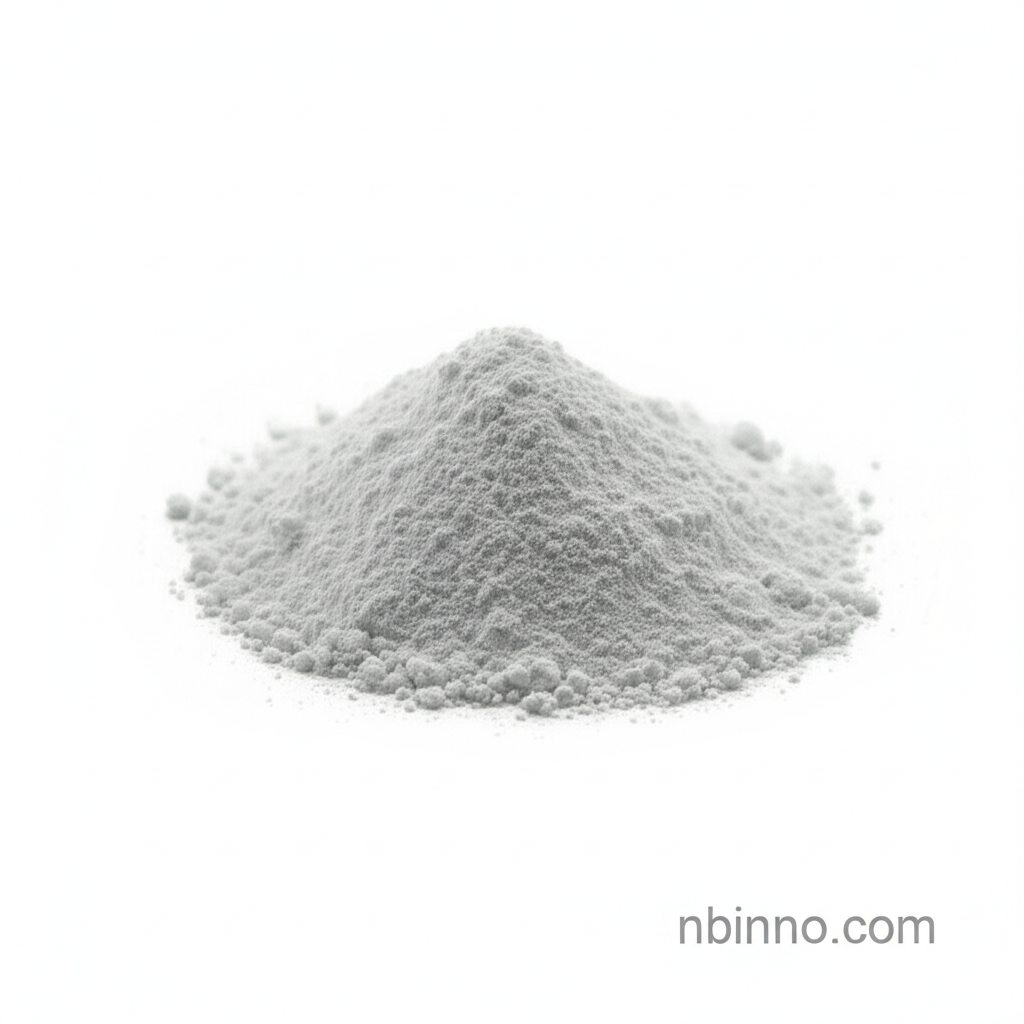4-(Tetramethyl-1,3,2-dioxaborolan-2-yl): A Versatile Chemical Intermediate for Organic Synthesis and Material Science
Discover the crucial role of this boronic ester in advancing chemical synthesis and material innovation.
Get a Quote & SampleProduct Core Value

4-(Tetramethyl-1,3,2-dioxaborolan-2-yl)
This compound serves as a critical chemical intermediate, offering unique properties that drive advancements in various scientific fields. Its structure makes it an indispensable tool for chemists and material scientists.
- As a versatile building block for organic synthesis, it facilitates the creation of complex organic molecules, enabling new discoveries in medicinal chemistry and agrochemicals.
- Its utility in materials science is significant, where it's employed in the creation of covalent organic frameworks (COFs) and porous aromatic frameworks (PAFs), which have applications in gas adsorption and storage.
- The compound's high charge mobility and thermal stability make it suitable for use in electrode materials for batteries and supercapacitors, contributing to high-performance capacitive energy storage devices.
- Its effectiveness in adsorbing iodine makes it useful in various environmental applications, highlighting its broad utility.
Key Advantages
Enhanced Molecular Synthesis
Leverage this compound as a chemical intermediate for organic synthesis to streamline the development of intricate molecular structures.
Advanced Material Design
Utilize its potential in covalent organic frameworks synthesis and porous aromatic frameworks development for cutting-edge material applications.
Energy Storage Solutions
Explore its role in creating superior electrode materials for batteries and supercapacitors, driving innovation in energy storage technology.
Key Applications
Organic Synthesis
As a core organic molecule building block, it's essential for constructing complex molecules in research and development.
Materials Science
Crucial for creating advanced materials like COFs and PAFs, pushing the boundaries in areas such as gas storage.
Energy Storage
Its properties make it ideal for use in electrode materials for batteries and supercapacitors, advancing energy efficiency.
Environmental Applications
Demonstrates significant effectiveness in iodine adsorption applications, offering solutions for environmental remediation.
